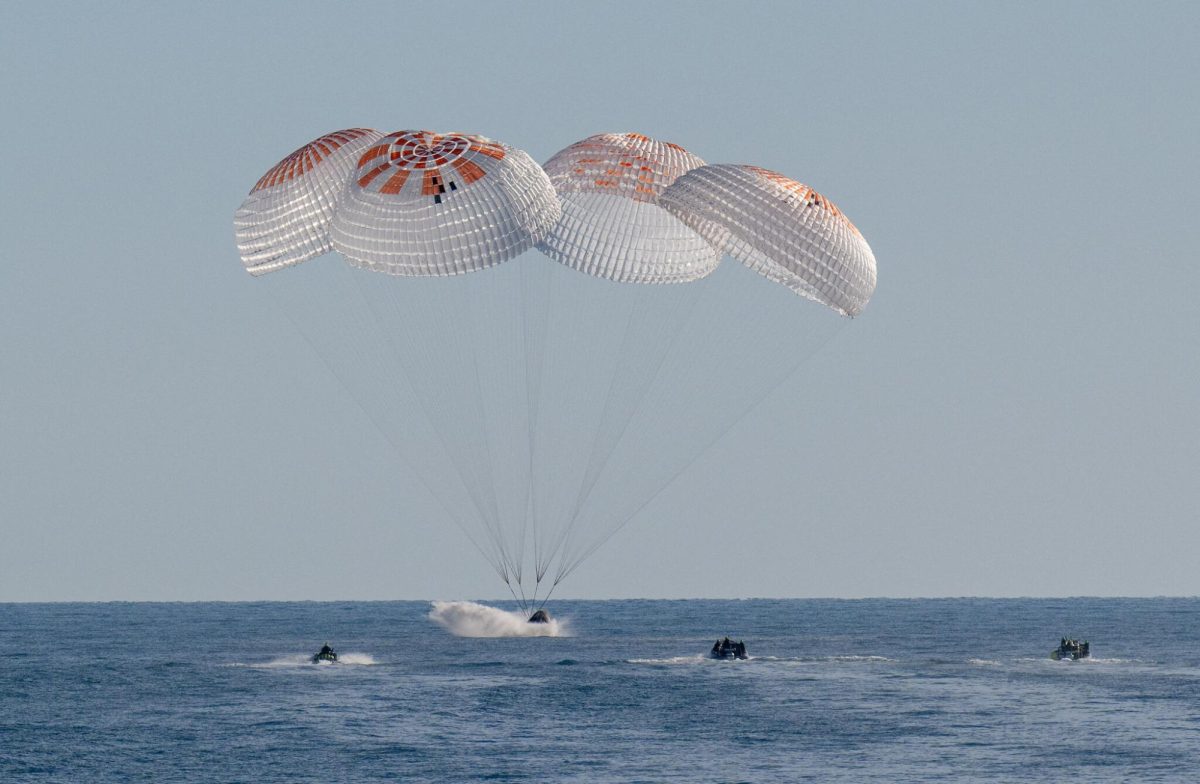
NASA’S Plutonium Problem
Read Story
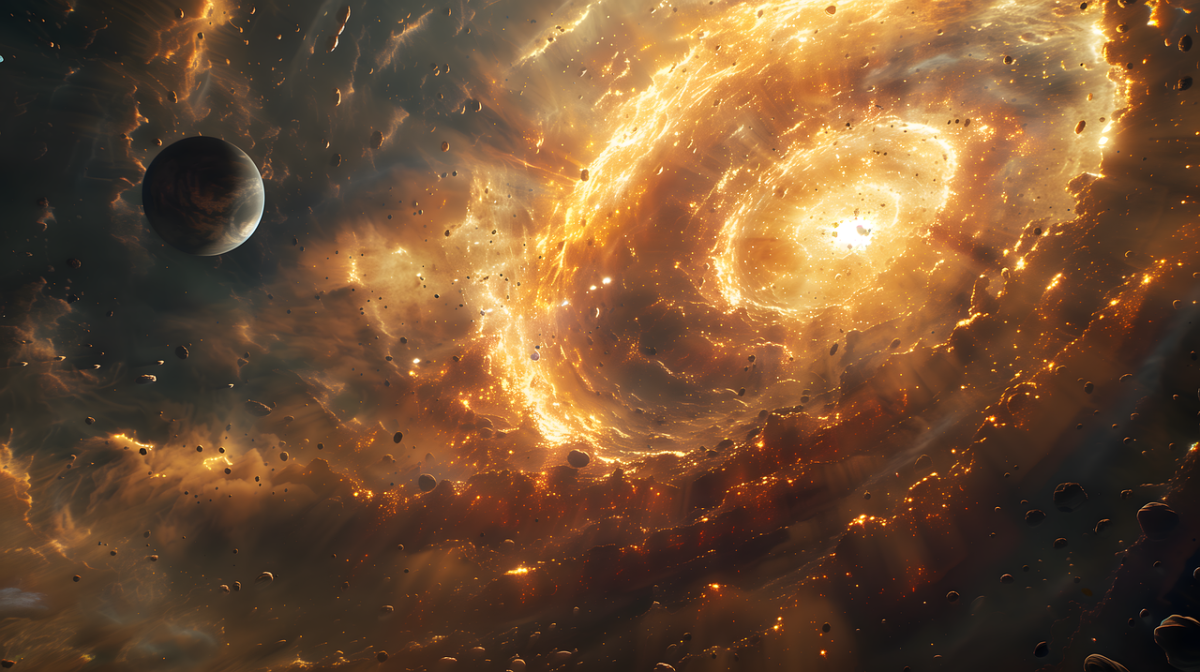
We May Be Living In A Black Hole
Read Story
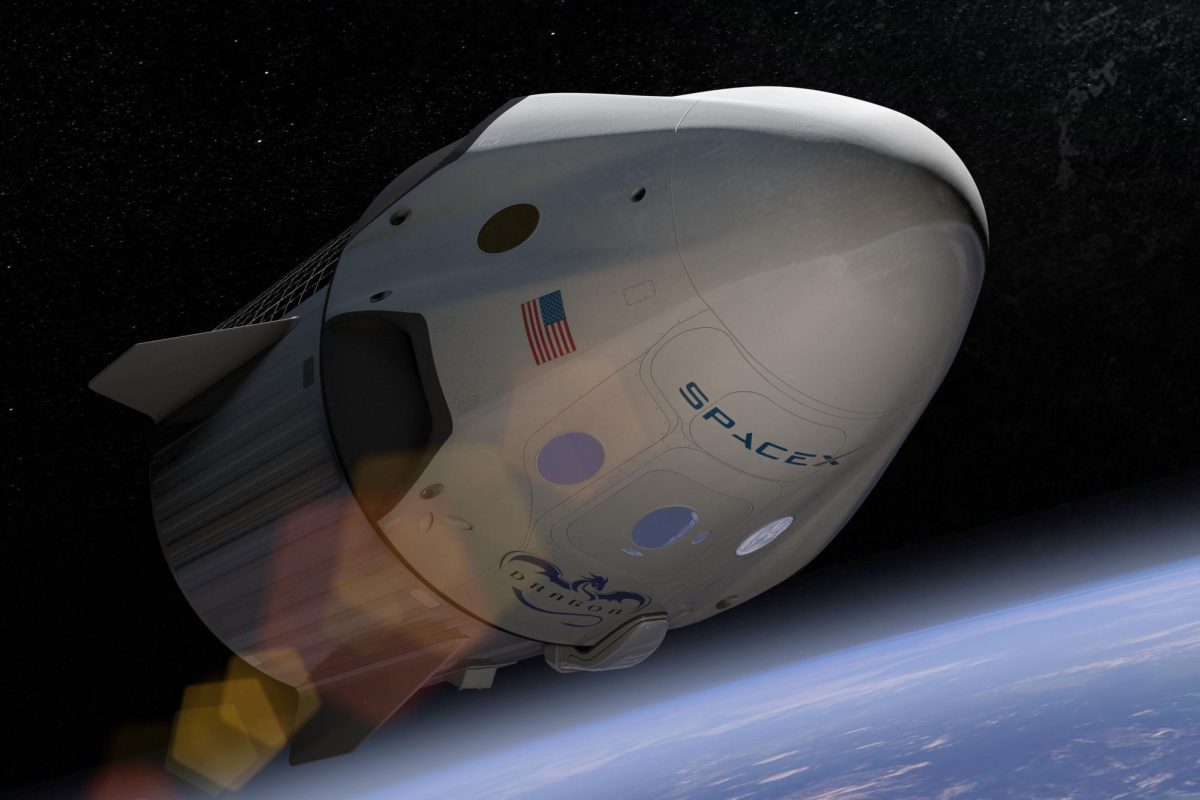
SpaceX crew 9 rescues stranded astronauts
Read Story
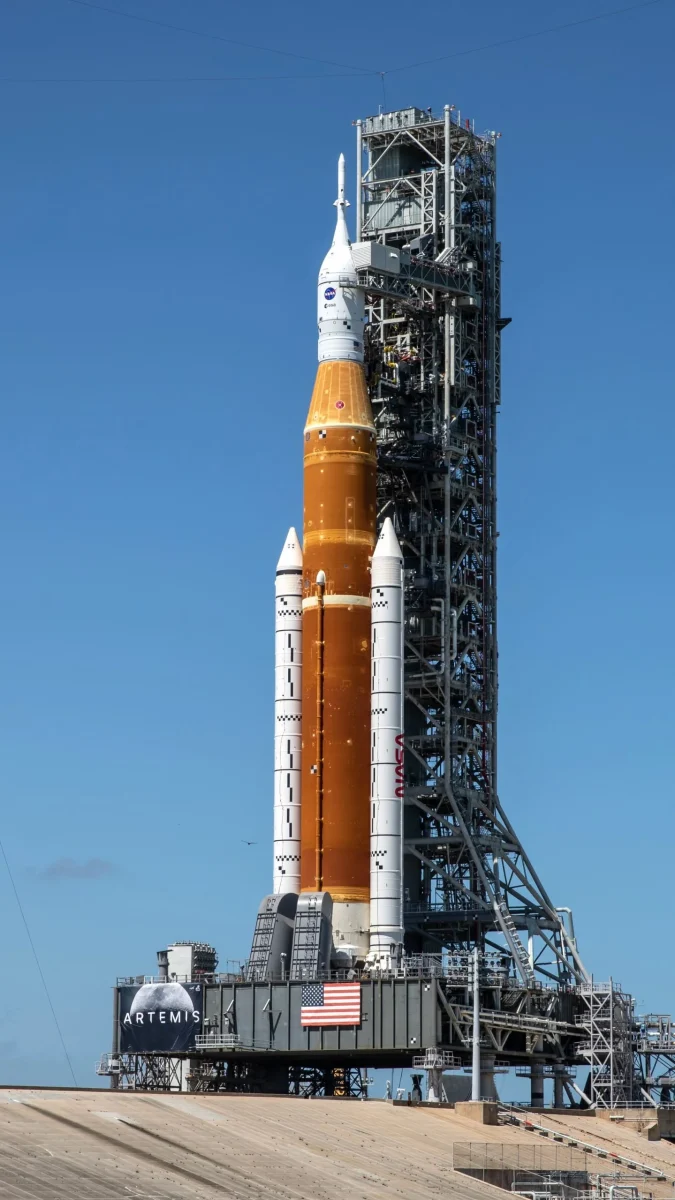
Will the SLS be Canceled?
Read Story
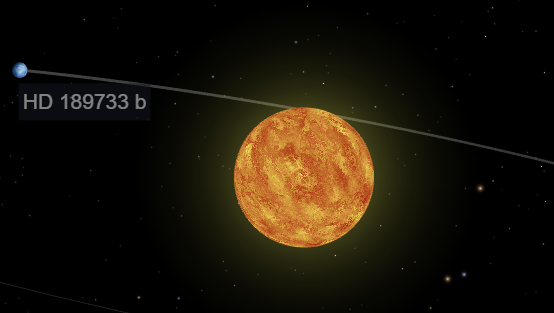
HD 189733b
Read Story

The Sea Dragon
Read Story
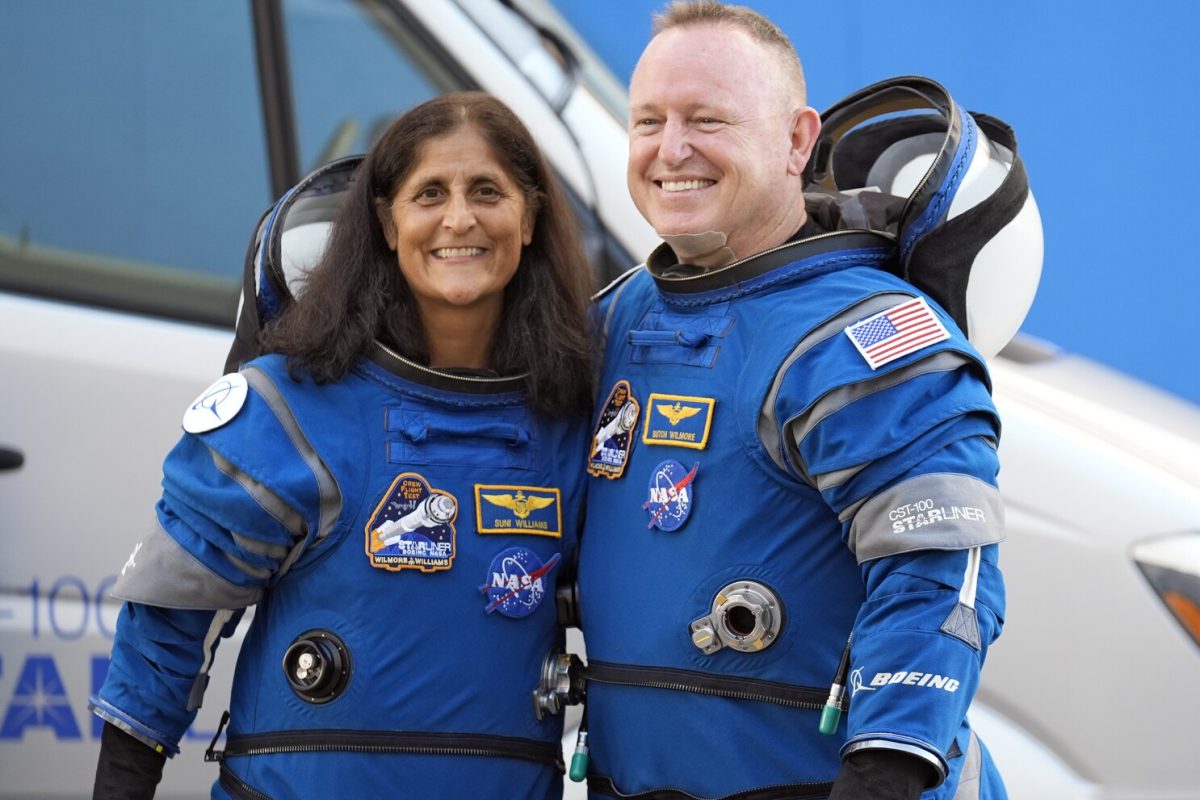
NASA Astronauts Stuck In Space
Read Story

The Axiom Mission 4
Read Story
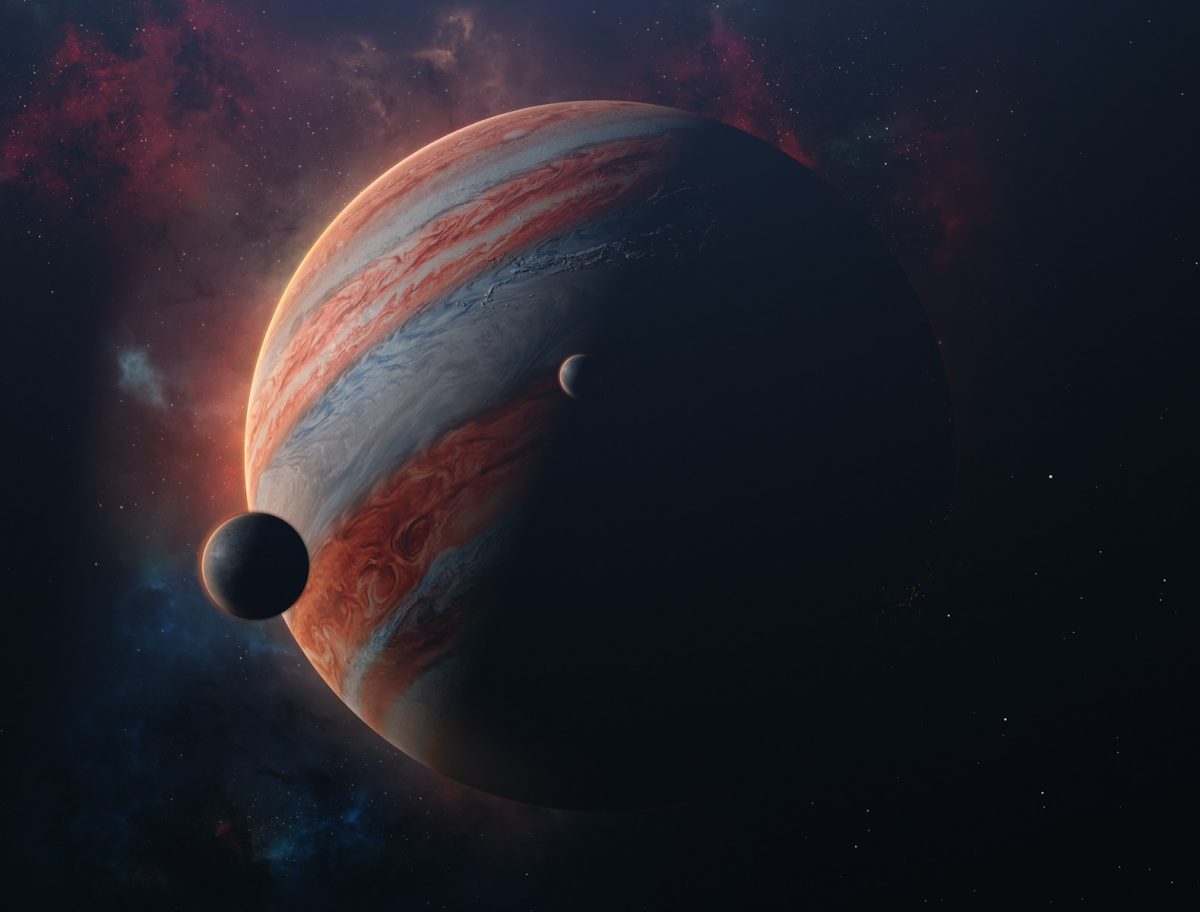
There Could Be Life On Other Planets
Read Story
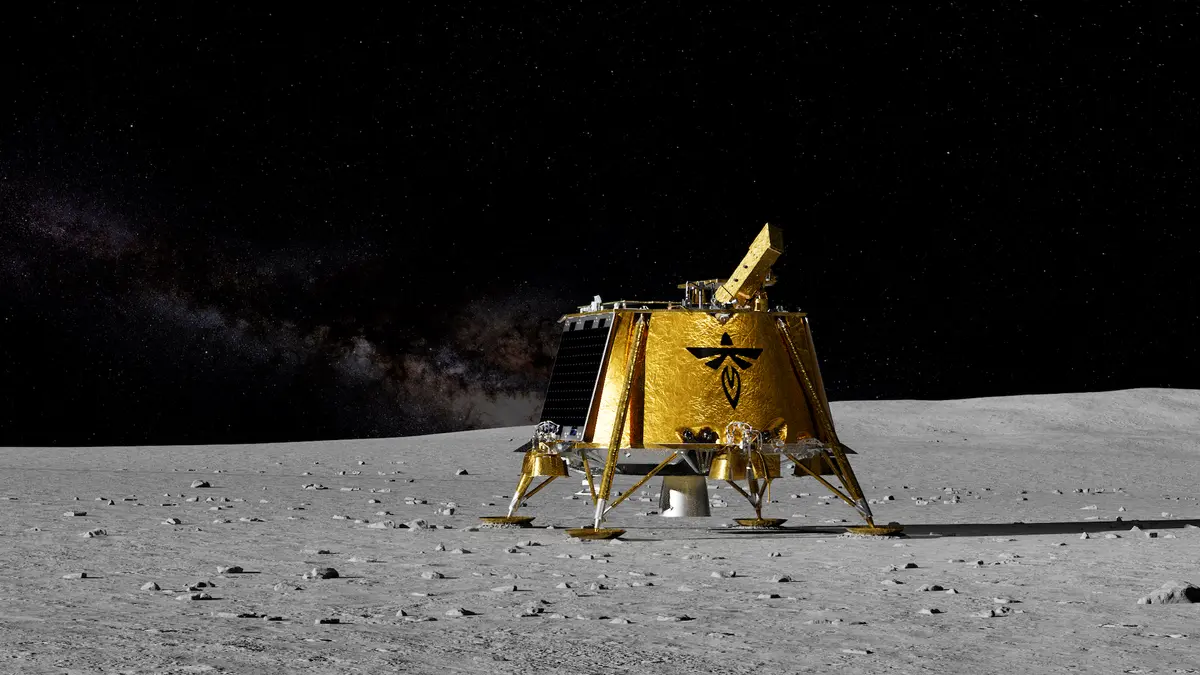
Nasa’s LISTER
Read Story

